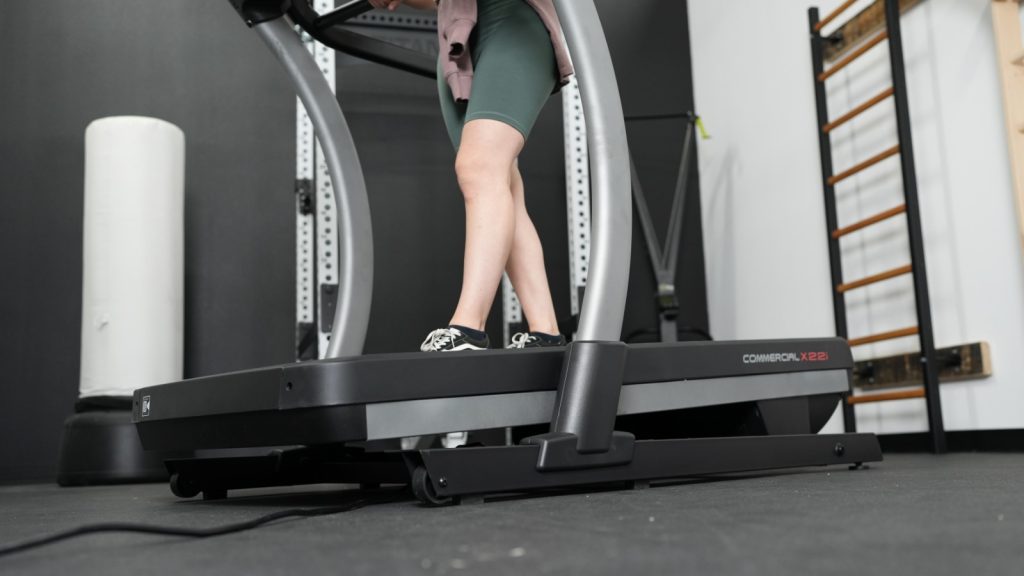Institution
Outpatient pulmonary rehabilitation at University Hospital Leuven (Belgium)
Institution Typology
University, Hospital, Rehabilitation Center
Country
Belgium
Description
Patients with chronic obstructive pulmonary disease (COPD) experience altered exercise responses when contractile muscle fatigue (CMF) develops. Compared to level walking, downhill walking leads to CMF with less dyspnea and fatigue. In this study, the effects of pulmonary rehabilitation (PR) consisting of level walking (conventional training; CT) and downhill walking training (DT) on patients with COPD were investigated. The main source of benefit for outcomes like exercise tolerance and quality of life is exercise training, which is a crucial part of pulmonary rehabilitation (PR). Exercise that is performed at a higher intensity than one at a lower level can promote a more profound physiological muscular adaptation. Some people with COPD, on the other hand, would not be able to continue with such training loads. A training technique known as "downhill walking" causes the quadriceps femoris to contract eccentrically with a high volume. Due to a "braking" pattern" that occurs during walking, the eccentric component of the gait lasts longer. Incorporating downhill walking into a comprehensive pulmonary rehabilitation program for people with COPD is a safe, realistic and economical approach to eccentric exercise. Its use increases the likelihood that patients will improve their functional exercise tolerance in a clinically significant way, making it a very reliable training stimulus. A beneficial technique to reach the subset of patients who do not acquire contractile muscle fatigue during standard pulmonary rehabilitation could be to incorporate hill walking into the treatment. This could potentially play an important role in optimizing outcomes for these patients. A larger, fully powered effectiveness trial focusing on the specific subset of patients who are less likely to exercise frequently will be necessary to validate the conclusive benefits of downhill walking awakening in COPD patients, particularly in those who are resistant to learning contractile muscle fatigue.
Reference: Camillo, C. A., Osadnik, C. R., Burtin, C., Everaerts, S., Hornikx, M., Demeyer, H., Loeckx, M., Rodrigues, F. M., Maes, K., Gayan-Ramirez, G., Janssens, W., & Troosters, T. (2020). Effects of downhill walking in pulmonary rehabilitation for patients with COPD: a randomised controlled trial. The European respiratory journal, 56(3), 2000639.
doi.org/10.1183/13993003.00639-2020" target="_blank">doi.org/10.1183/13993003.00639-2020








